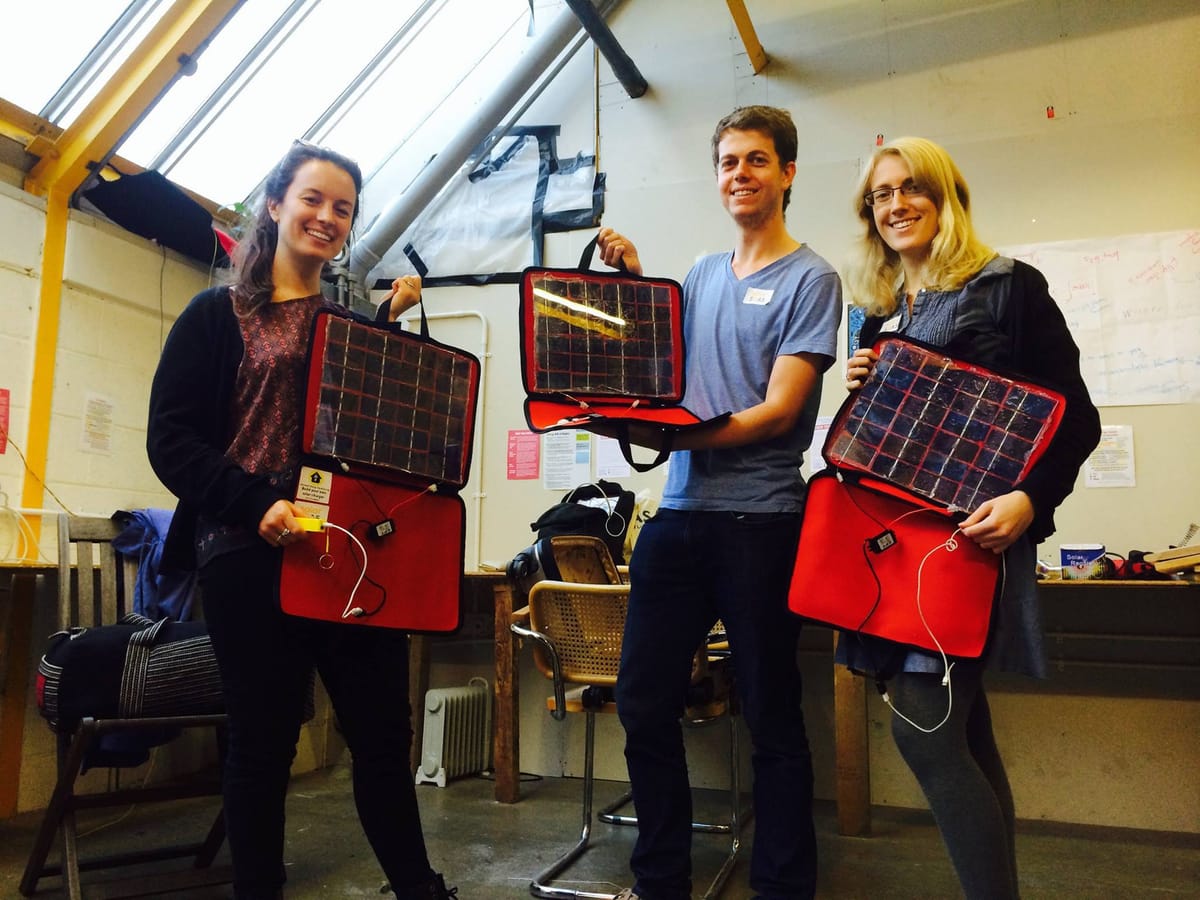What is Solar SOAS?


Hannah Short, BA Chinese and Development Studies
Scientists at the Intergovernmental Panel for Climate Change have supplied the figure 2 degrees Celsius as the maximum level of average warming we can reach globally before the truly irreversible destroying-earth-as-we-know-it changes are triggered by runaway warming. To drastically reduce our carbon emissions to prevent this catastrophic rise, every sector will need to make reductions, but the energy sector most of all. Just 90 fossil fuel companies caused two-thirds of man-made greenhouse gas emissions since the dawning of the industrial age.
Producing energy locally overcomes several issues: high energy prices from energy companies driven by profit; having no control over energy supply (such as in the face of a natural disaster or other fault with the grid); and the inefficiency of transporting electricity via a centralized grid (electricity is used up with distance).
In September 2014, SOAS students in the SOAS Energy and Climate Justice Society (ECJS) decided that to take part in the transition to renewable energy in the UK. The idea of an on-campus project to engage the whole SOAS community was born, and ‘Solar SOAS’ started to take shape.
Solar SOAS as a concept is quite simple: students, staff, alumni, friends, and the school board will put up investment to buy solar panels for the unused roofs of the school buildings. These people will thus be the joint owners and controllers of this energy source, and will be consulted on what is done with generated funds. After the panels are installed, monetary returns are collected from the feed-in tariff (a government subsidy to incentivize green energy) as electricity is generated. The electricity produced can either be used on-site, or sold to the national grid. This money will then be partially given back to investors, and partially invested further into clean energy projects or other community ventures as the investors so choose.
Since SOAS already has an agreement with a cost-effective Bloomsbury consortium and in house Combined Heat and Power generator which provides for most of our energy needs to 2020, the electricity generated by Solar SOAS will most likely be sold to the grid – for now. However this electricity will be used by someone, somewhere, and will thus help offset carbon on a larger scale. It will also help educate those on-campus about renewable energy, and empower individuals to take green actions.
Solar SOAS is now one year old, and has gone from the ECJS pet project to a fully-formed social venture – and the project is on the brink of registering as a Benefit for the Community social enterprise. Grants have been applied for to cover initial costs. This is really the make or break its success – finding capital. Last year Solar SOAS was a finalist in the Mayor of London Low Carbon Entrepreneur Award, and was awarded the SOAS Ignite Fund to help us get started.
Solar SOAS is run by a dedicated team of students and SOAS alumni, who are figuring things out as they go along, proving that you don’t have to be a retired engineer to break into this industry. This year the ECJS has been renamed Solar SOAS to reflect its new focus. Solar SOAS also has the support of various SOAS staff and the Sustainability Group.
Solar SOAS is part of the decentralized, sustainable energy future of the UK, and encourages that we all be a part of the solution, providing green power to the people.
If you want to be part of the action, please join the Solar SOAS society, or check out their Facebook page. SOAS also has a Fossil Free SOAS society which is looking to help support other UK universities in their quest to divest, and a very active Green Group.
For more information on the topics above, I’d highly recommend Naomi Klein’s ground breaking book ‘This Changes Everything’.



